Kawasaki Syndrome Long Term Effects
Kawasaki syndrome long term effects. Kawasaki disease generally affects children under five. Kawasaki disease affects children. Less than 2 of patients experience coronary artery enlargement that carries over into adulthood.
It is also known as mucocutaneous lymph node disease. Kawasaki disease KD is the leading cause of acquired heart disease in children in the developed world1 Typically KD presents in children under the age of five years as a febrile illness with mucocutaneous changes2. Many of these kids and adults have joint pain skin issues behavior problems etc.
Coronary artery aneurysms or ballooning of the arteries Leakage of valves often mitral valve regurgitation Build-up of fluid around the heart pericardial effusion. A subset of patients will develop permanent damage to the arterial wall valve leaflets and myocardium. Long Term Effects of Kawasaki Disease New information has led us to believe that for a subset of patients who had some abnormalities of the echocardiogram in childhood there can be cardiovascular complications years after the acute phase of illness as a result of inflammation and scarring of the heart and blood vessels.
It is not contagious though scientists are not 100 clear what causes it. Long-term consequences of Kawasaki disease. Kawasaki disease KD is a vasculitis that is part of systemic vasculitis syndrome.
Early on Kawasaki disease can affect the function of the heart muscle or the heart valves. Some of the common symptoms of Kawasaki disease are. The widespread vasculitis that happens during KD is mainly focused on the coronary arteries but there have been a lot of other issues that different families have experienced long term.
High fever Constant irritation Swollen lymph node Redness in eyes and skin Vomiting. Long-term effects of Kawasaki disease however can include heart valve issues abnormal heartbeat rhythm inflammation of the heart muscle and aneurysms bulges in blood vessels. Methods and Results We identified 594 consecutive children with acute Kawasaki disease between 1973 and 1983 and this cohort was.
Valvulitis primarily of the aortic and mitral valves may occur in up to 2 of patients during acute KD presenting a possible long-term risk of valvular incompetence2 While valvular dysfunction may not be rare after KD the current evidence preferentially supports valvular disease particularly mitral valve incompetence as a correlate and consequence of giant CAA after KD rather than a long-term. Kawasaki disease can affect the heart by causing the following complications.
Kawasaki Disease Kawasaki disease KD also known as Kawasaki syndrome or mucocutaneous lymph node syndrome is the most common cause of acquired heart disease in children in developed countries.
It affects medium-sized vessels and is characterized by hypercytokinemia. The condition can be treated with a high-dose of intravenous immunoglobulin and aspirin reducing the risk of aneurysms to 5 percent. Kawasaki disease is a rare illness that typically strikes children younger than age 5. Kawasaki disease generally affects children under five. In addition to several days of fever children with Kawasaki disease may develop symptoms such as rash swollen neck glands swollen hands and feet and red eyes lips and tongue. Long-term effects of Kawasaki disease however can include heart valve issues abnormal heartbeat rhythm inflammation of the heart muscle and aneurysms bulges in blood vessels. KD affects children and a smaller percentage of teens creating inflammation in the blood vessels particularly the coronary arteries. A subset of patients will develop permanent damage to the arterial wall valve leaflets and myocardium. Kawasaki disease KD is a vasculitis that is part of systemic vasculitis syndrome.
These lasting heart conditions are rare. Kawasaki disease leads to swelling inflammation of the bodys tissues and if left untreated can lead to inflammation of the heart and the coronary arteries. Long-term consequences of Kawasaki disease. During follow-up ischemic heart disease developed in 47 and myocardial infarction in 19. Kawasaki disease generally affects children under five. Kawasaki disease can affect the heart by causing the following complications. Long Term Effects of Kawasaki Disease New information has led us to believe that for a subset of patients who had some abnormalities of the echocardiogram in childhood there can be cardiovascular complications years after the acute phase of illness as a result of inflammation and scarring of the heart and blood vessels.
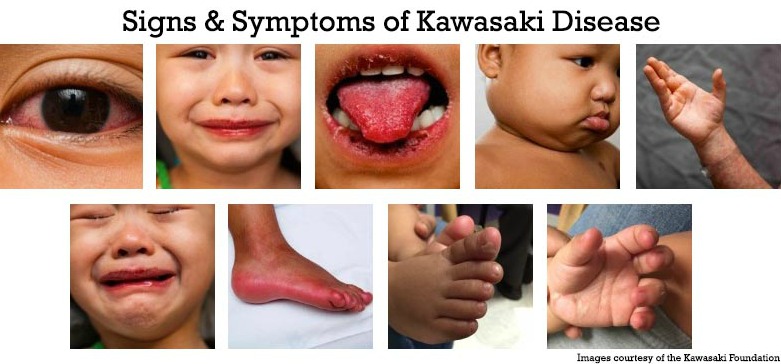









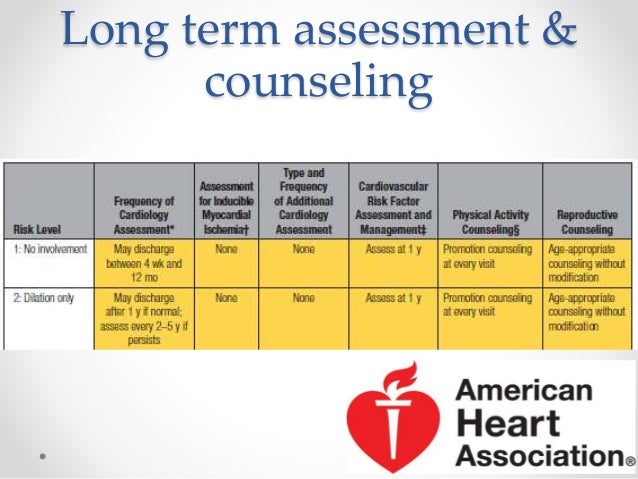

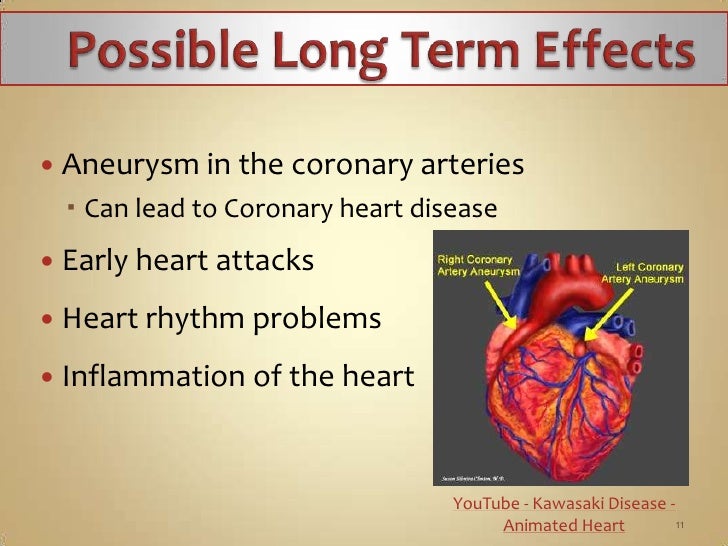





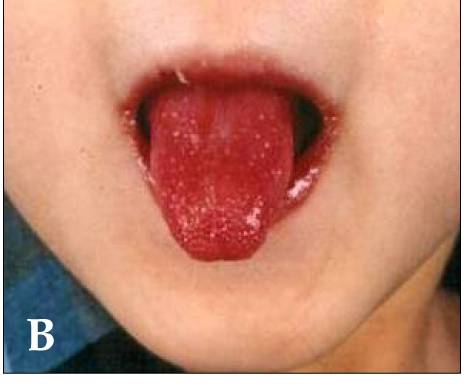


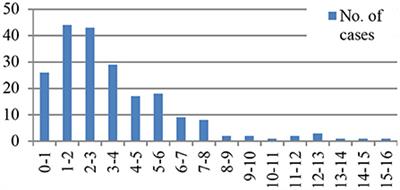


/pink-eyes-579eb0655f9b589aa9d86e52.jpg)
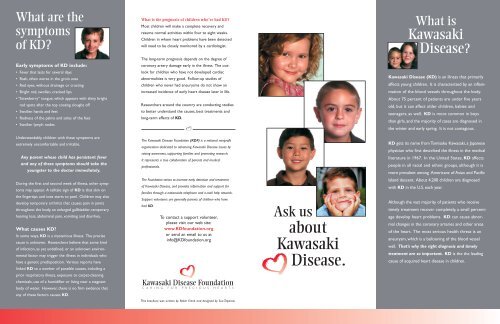
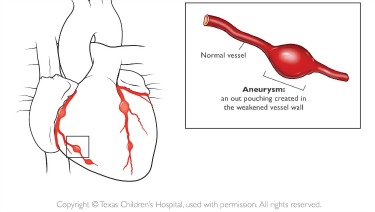





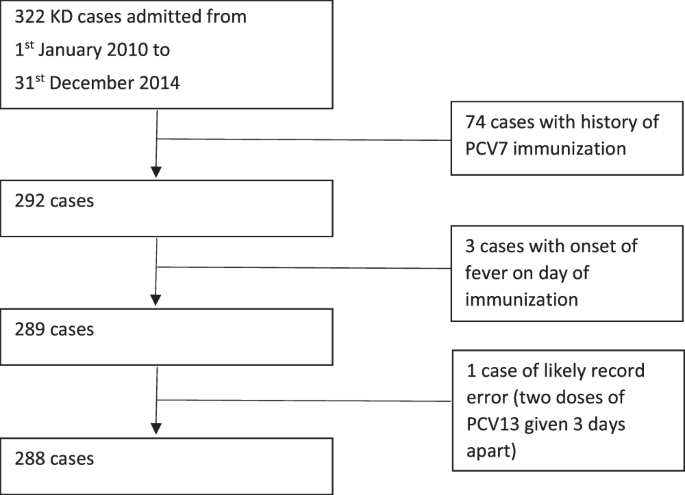

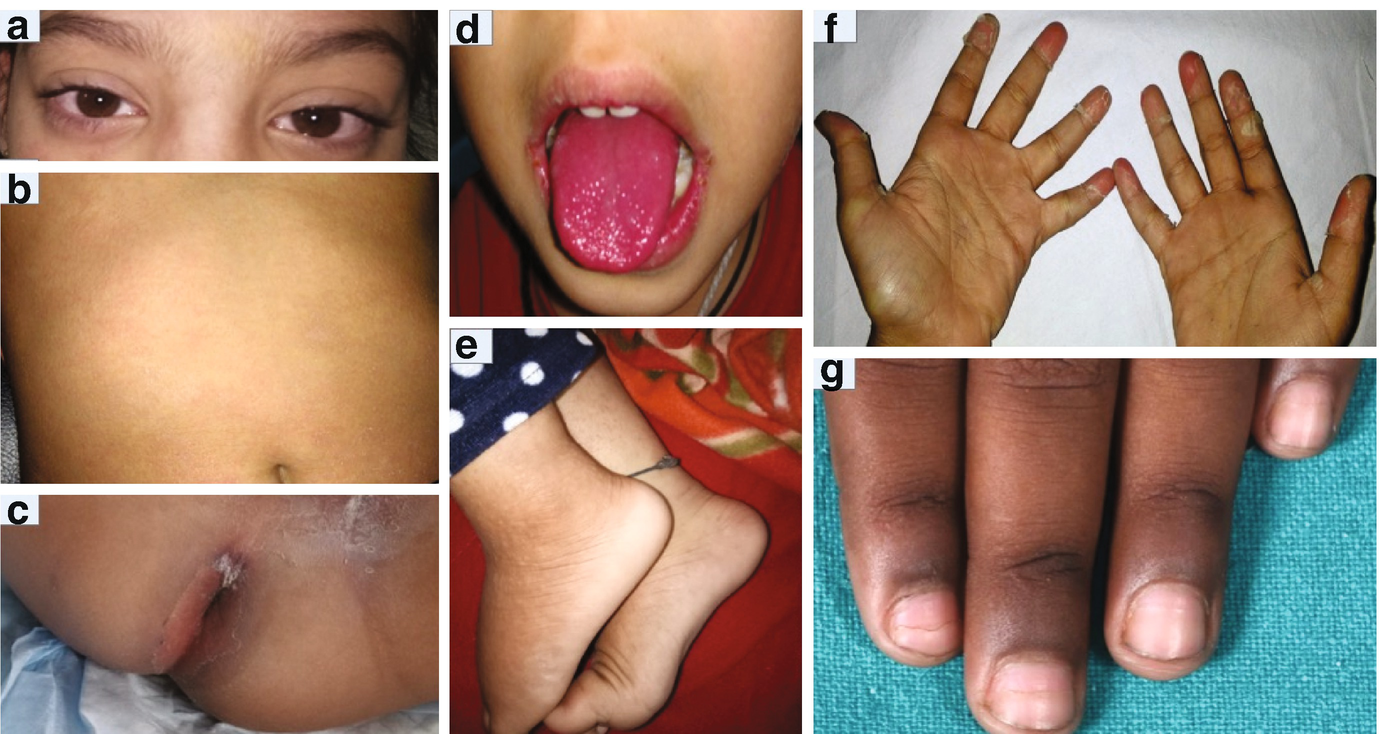




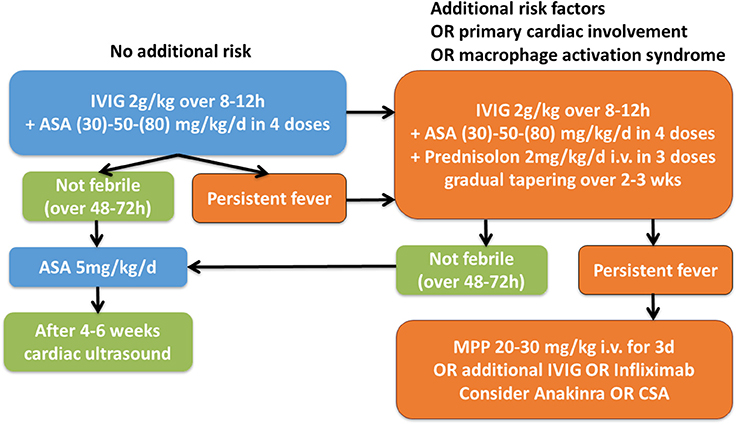
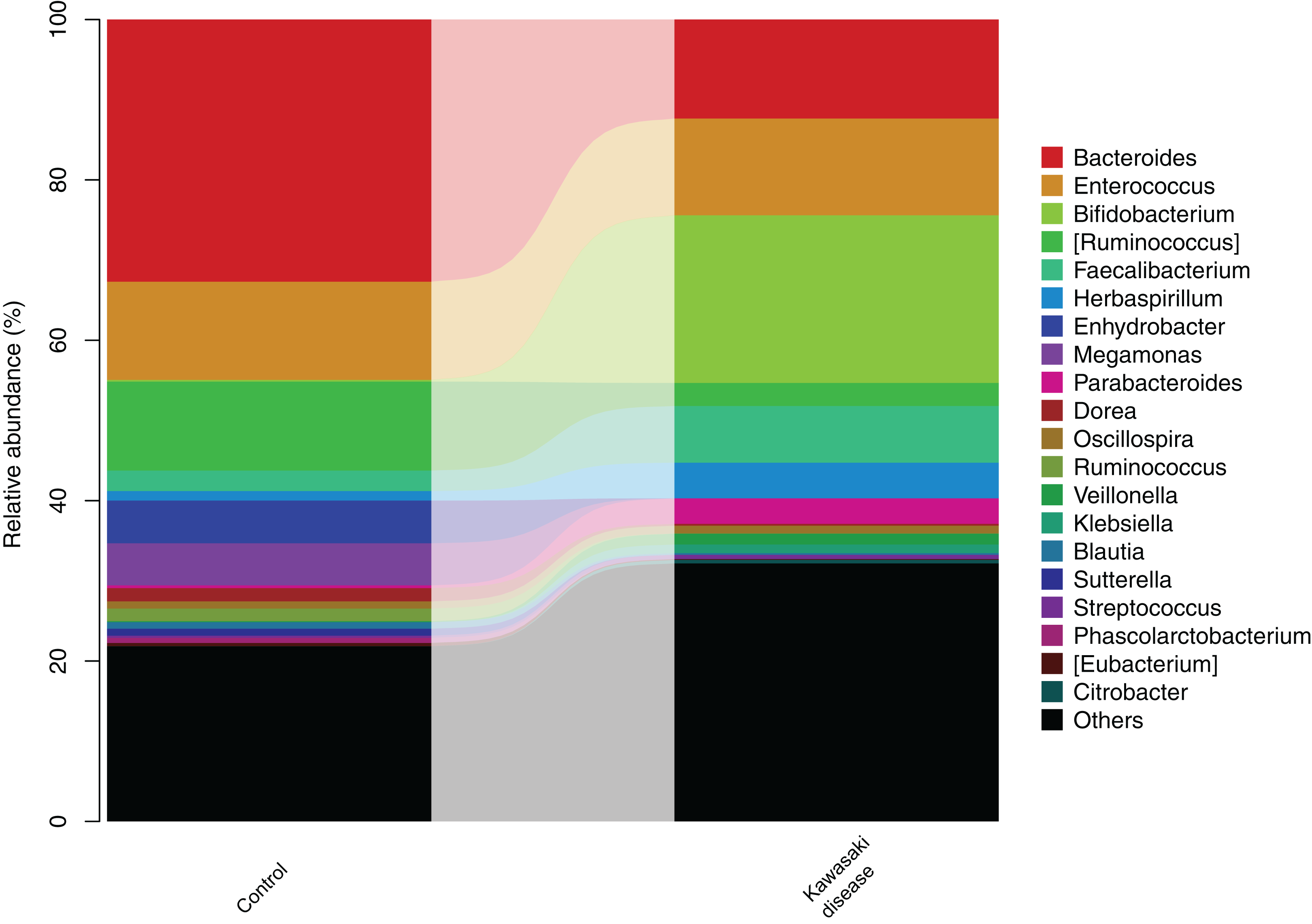
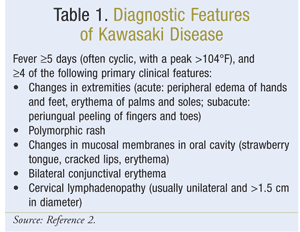




Posting Komentar untuk "Kawasaki Syndrome Long Term Effects"